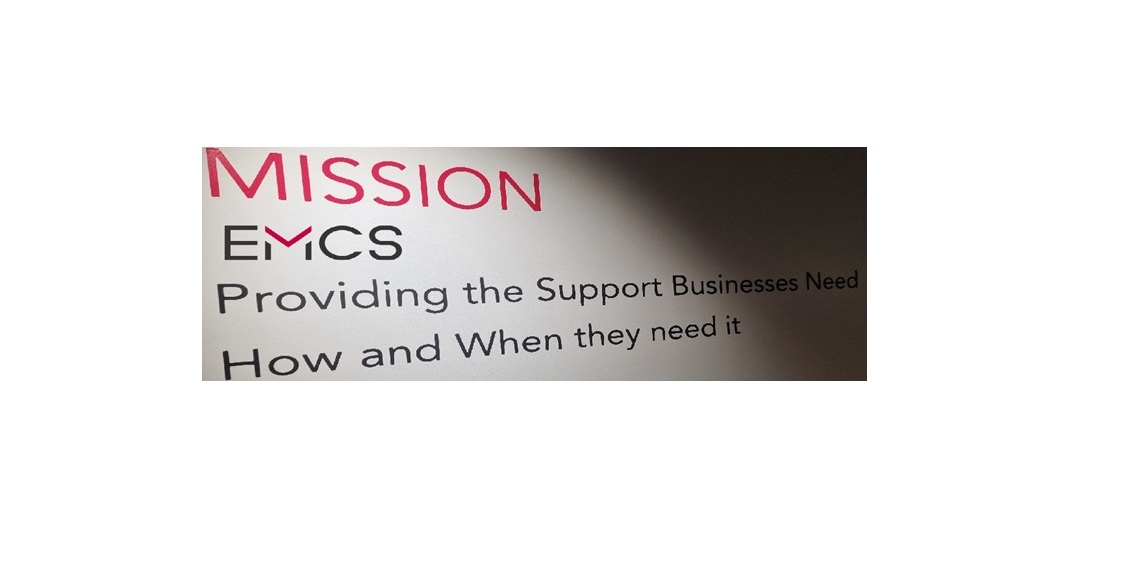One of the common challenges Family Businesses face is that of dealing with Conflict. Research on conflict in family businesses shows that that are many times common patterns that cover the vast majority of conflicts. This is important as it could help family business owners and leaders understand how they can be proactive in preventing or resolving conflict in a way that respects the interests of the whole family business. Below are some of the most common patterns of conflict that have been identified by research.
When Conflict is about one individual
Sometimes conflict surrounds one individual. This person may be the “odd one out” that is difficult to get along with or is not motivated to engage with other persons. Conflict due to one individual is quite common, occurring in about 20-25% conflicts in family businesses. If your family business experiences this kind of team conflict, it is important that team members in the family business do not gang up on the individual. It’s easy to make this person a scapegoat for all things negative that plague the team or to shut them down by invoking “majority rules” and moving on quickly from the argument, but this is a mistake. It doesn’t allow you to uncover potential underlying problems, like whether this person is experiencing personal challenges or whether their team role is unclear or unmotivating. Perspective-taking is a better approach and can often ease tensions. You can model this approach in team meetings for team members to see. Asking the solo dissenter sincere questions to understand their unique perspective, build empathy toward them, while simultaneously creating new insights for your team helps to diffuse tensions. Research shows that when people are exposed to different points of view, it makes them more likely to think divergently, and that increases their capacity to learn and understand the problems more deeply.
A fight between two people
Believe it or not, the most common pattern of conflict in family businesses is when two people within the business disagree, comprising approximately 35% of conflicts. Many will assume that this pattern will escalate to include others over time, but the evidence suggests otherwise. Most people tend to avoid taking sides, making it most likely that the duo will continue to fight until one is knocked out, or a referee steps in to mediate. It is possible that mediation may help, especially when where meeting with each individual separately and then together helps them vent their feelings and perspectives. Sometimes a two person’s conflict is about different work priorities. Family Business leaders should use a different strategy here. If kept civil, this kind of disagreement will likely help the business perform better in the long run and it often resolves naturally as the focus turns on what actions to take.
Warring Factions: Two subgroups in conflict
The third pattern of conflict occurs when two subgroups within the family business are in opposition. Each subgroup may prefer a different team goal, project or decision outcome. Most persons are likely to be involved in this sort of conflict, taking one side or the other. This conflict accounts for about 20-25% of conflicts in businesses.
What makes this pattern of subgroup conflict unique and dangerous, however, is that it creates approximately equal opposing sides with multiple persons allied together within the two sides. With near-equal opposition in this “us versus them” scenario, no one will consider the other side’s perspective, instead focusing on winning by digging their heels in on their preferred course of action. Strategies like voting will not work; even if one side comes up the winner, the other side typically feels ignored and will not likely support the implementation of the decision or execute it well.
Although counterintuitive, research suggests that you can break the deadlock by introducing additional ideas, alternatives, or goals to move past seemingly opposed courses of action. Doing so allows subgroups to understand their underlying interests and make trade-offs between issues that are more and less important, providing a more comprehensive solution that both sides can support.
The Overriding Blame Culture: When the culture in the family business is the one where everyone is at loggerheads with each other, with everyone arguing with one another and mistrusting each other. Research shows that while this happens sometimes, it is relatively rare. Less than 15% of businesses ever experience this pattern of outright total conflict.
This pattern of conflict can emerge early in a project when everyone has a different idea of what the should be done. But more often than not, whole business wide conflicts emerges in response to poor performance and related feedback. Poor performance prompts people to assign blame to others who respond by shifting blame elsewhere. As tempting as it is to assign blame for poor performance to others, it usually generates more conflict than it resolves.
When such conflict strikes, you need the everyone to come together in the best interests of the business. That may mean better articulating the business’s goal or vision or re-affirming the company’s identity. In the case of a total failure, this most certainly means debriefing poor performance feedback by focusing on the collective and not identifying specific individuals.
Tailoring Your Approach
Each conflict in a family business is likely as unique as the individuals involved, and yet, probably also fits into one of these above outlined patterns. Knowing the pattern of the conflict at hand gives you more information about the number of people involved, how they are involved, and where to focus your efforts when it comes to achieving positive outcomes from such conflict.
During the upcoming Family Business conference to be held at the Malta Chamber of Thursday 23rd May at 8:30am, various important elements that can prevent conflict will be discussed. These include Governance Structures & Systems, Policy Making, Proper Succession planning and more. All this can help family businesses avoid conflicts that drain energies and do not allow the business to focus on how to grow and become more strategic. This conference will discuss the latest results from a survey amongst 160 different family businesses. Click HERE to register.


